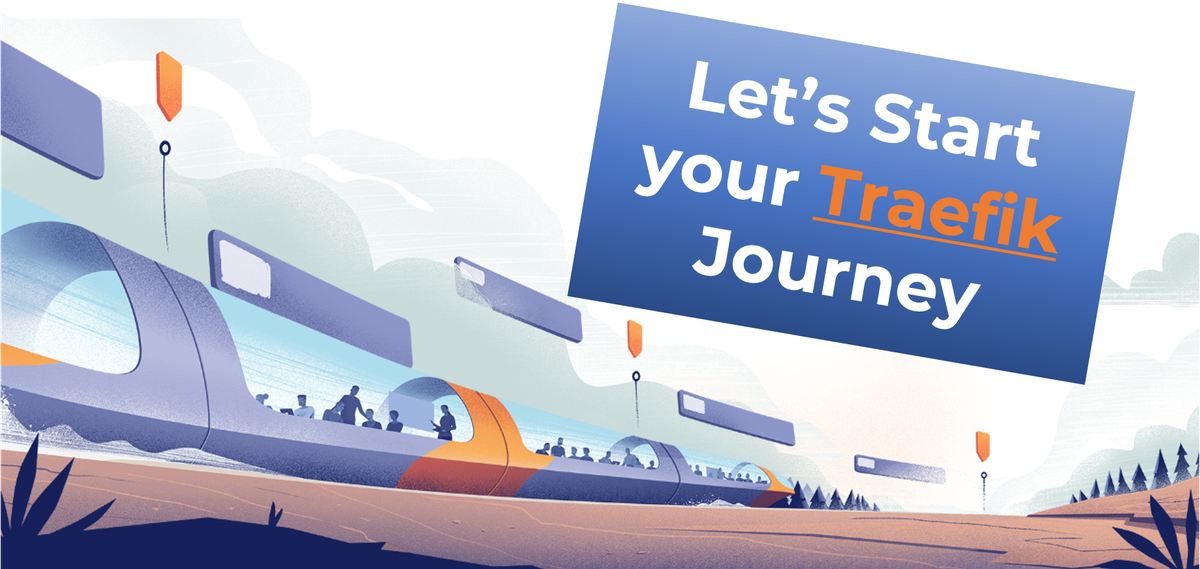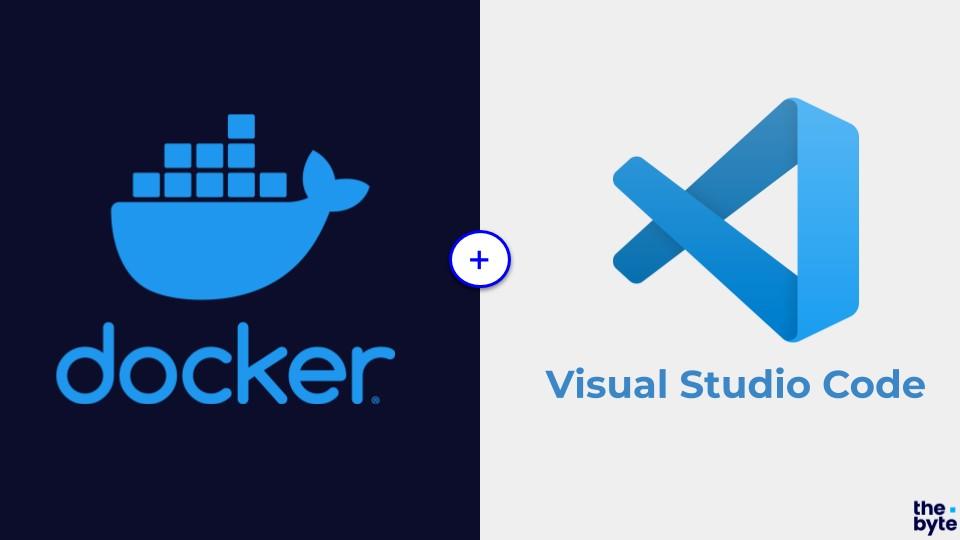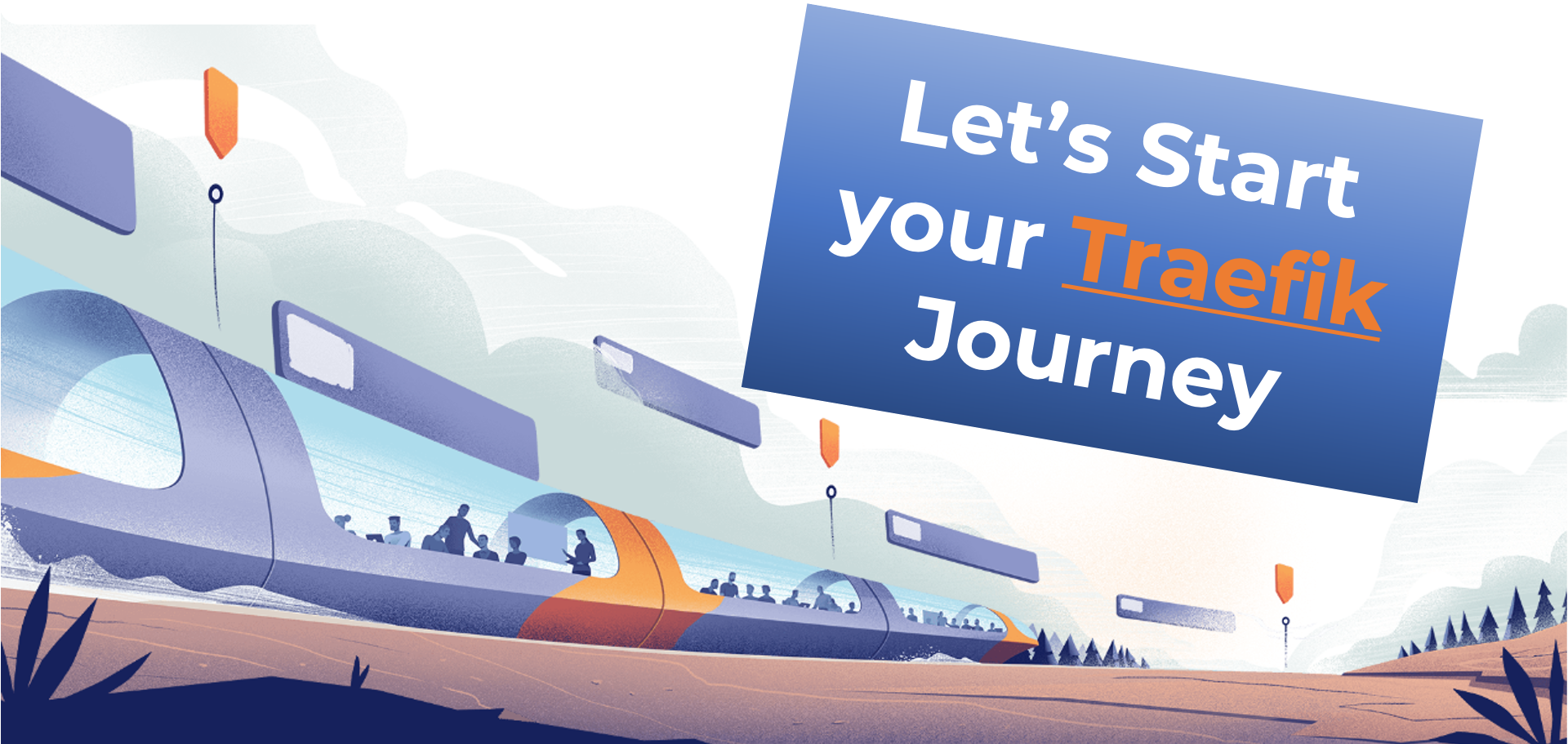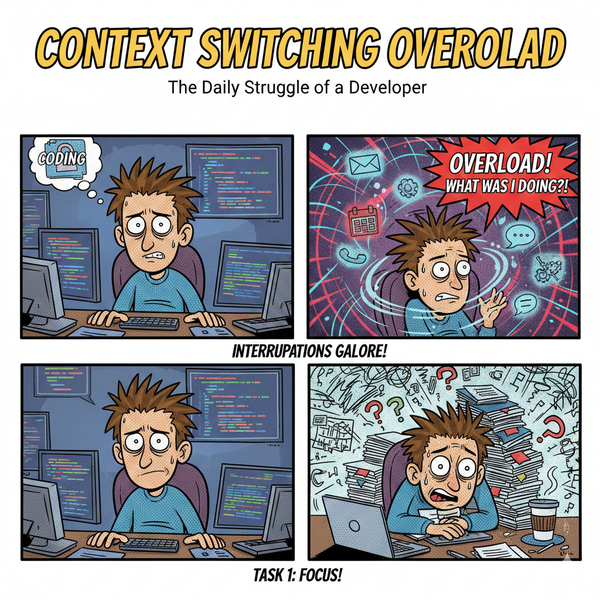Why I created online courses
How I transitioned from presenting courses and workshops to converting to online courses.



Online courses
I enjoy teaching. It must be in my DNA, as my father was an automotive instructor, and my brother is a high school teacher.
But we are not ordinary teachers. We all have a knack for explaining technical topics to broad audiences.
My first experience teaching was in the casino industry. I wrote documentation about how a Casino Management System operated sometime in 2001. After I completed the documentation, my superior asked me to present the material to a class.
It was a trial by fire scenario as I was not adequately prepared nor experienced for what came next. My content didn't flow properly. I jumped around topics, focused on questions that sidetracked the course, etc. In other words, it was a dumpster fire.

What I learned from this failure is what helped transform how I teach and present even today. The content should flow, each topic builds on the previous, and teach to the middle of the class.
It doesn't matter if you are presenting to five people or 5000. The content and your delivery are what is essential.
I have been training people about Docker and Cloud-Native since about 2015. Slowly I expanded topics to include IoT, Monitoring & Logging, and VS Code. The audience has been ranging from private customer sessions, university lectures, workshops, community events, and even online events.
A couple of years ago, people slowly started asking for my content online to share with their colleagues. I never really gave it the time since we were so busy jumping from conference to conference, project to project.
The rise of COVID-19 forced me to reprioritize my thinking about online training. It also provided some breathing room and a break from the conference circuit.
Converting my existing content for online courses was relatively straightforward. What took time was figuring out how to record video, screen, voice, etc., while delivering a pleasant experience. It took me a few hours to record how I wanted people to experience the content.
Now, I have recorded two courses and am already improving how to improve it. What you learn about creating courses is by the time you record your first course you realize how it should be done and most likely feel like starting over.
The Complete Traefik Training Course
Want to learn how Cloud Native Edge routers work? Need to deploy a Reverse Proxy? The Complete Traefik Training course helps you get from 0 to production with Traefik the Cloud Native Edge Router with hands-on labs and valuable lessons built on real-world deployments. The course is built based on real-world customer deployments and using this experience to build a quality course with actual scenarios.
Become a Docker Power User with Visual Studio Code
This course will teach you the skills to use VS Code and the Docker extension. It is based upon direct collaboration between Microsoft and Docker to provide excellent knowledge about VS Code and Docker alike.
According to a recent Stack Overflow survey, VS Code is the world's most popular development tool. Combing VS Code with Docker unleashes new workflows, reduces context switching, and enables you to become a Docker Power User simultaneously.
I plan two more courses before wrapping up 2020 so stay tuned.
Follow me
If you liked this article, Follow Me on Twitter to stay updated!



